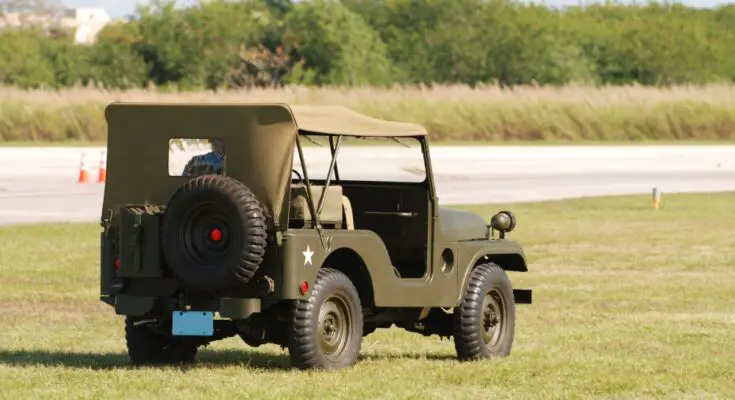Restoring a WWII Jeep represents more than mechanical work; it preserves military history. These iconic Willys MB and Ford GPW vehicles served countless missions across Europe and the Pacific. Enthusiasts understand that authentic restoration requires attention to every component, especially those hidden beneath the hood.
The role of wiring harnesses in WWII Jeep restorations extends far beyond simple electrical connections. These intricate systems determine whether your restored vehicle starts reliably, lights function properly, and instrumentation operates correctly.
Understanding Original Military Wiring Systems
WWII Jeeps featured remarkably simple yet reliable electrical systems. Engineers designed these 6-volt systems to withstand combat conditions while maintaining essential functions. The original wiring harnesses used cloth-wrapped copper conductors with bakelite connectors and materials chosen for durability under extreme conditions.
Military specifications demanded different construction than civilian vehicles. Thicker gauge wiring, waterproof connections, and specialized routing protected against battlefield damage. These design choices create unique challenges for modern restorers.
Common Wiring Problems After Eight Decades
Time takes its toll on vintage electrical systems. Cloth insulation becomes brittle and crumbles at the slightest touch. Copper conductors develop corrosion that creates dangerous shorts. Connections loosen and create intermittent failures that frustrate restorers.
Heat cycles from decades of operation accelerate deterioration. Moisture infiltration compounds these problems, especially around ground connections. Many restorers discover that seemingly minor electrical issues mask extensive wiring damage throughout the vehicle.
Why Authentic Wiring Restoration Matters
Proper electrical function ensures safety during operation. Faulty wiring creates fire hazards and strands drivers unexpectedly. Original lighting systems must work correctly for road use, while ignition circuits require reliable connections for consistent starting.
Historical accuracy depends on period-correct materials and routing. Judges at military vehicle shows scrutinize wiring authenticity. Modern automotive wiring looks obviously incorrect and diminishes restoration value.
Best Practices for Harness Restoration
Careful assessment determines whether repair or replacement makes sense. Sections with intact insulation often respond well to careful cleaning and re-termination. Extensively damaged harnesses require complete replacement with period-correct reproductions.
Quality restoration suppliers offer authentic cloth-wrapped wire that matches original specifications. Proper routing follows military diagrams to ensure connections reach correct terminals without stretching or chafing.
Testing procedures verify system operation before final installation. Voltage drop measurements identify weak connections, while continuity checks confirm proper circuit completion.
Integration With Mechanical Systems
The role of wiring harnesses in WWII Jeep restorations directly affects overall vehicle performance. Reliable electrical systems ensure proper ignition timing and functional lighting for safe operation. Poor electrical connections disrupt everything from starter engagement to instrument accuracy.
Electrical reliability complements mechanical restoration efforts. Even a perfectly rebuilt engine will struggle to run smoothly if the ignition wiring fails, and precise transmission work loses effectiveness without proper electrical connections. Addressing when your vintage Jeep clutch needs replacement goes hand-in-hand with verifying the wiring harness to ensure smooth starter engagement and consistent electrical signals throughout the drivetrain.
Proper wiring restoration guarantees decades of reliable service from your WWII Jeep. Authentic materials maintain historical accuracy while providing modern safety standards. Careful attention to electrical details transforms restoration projects from static displays into dependable vehicles that honor their wartime heritage.



